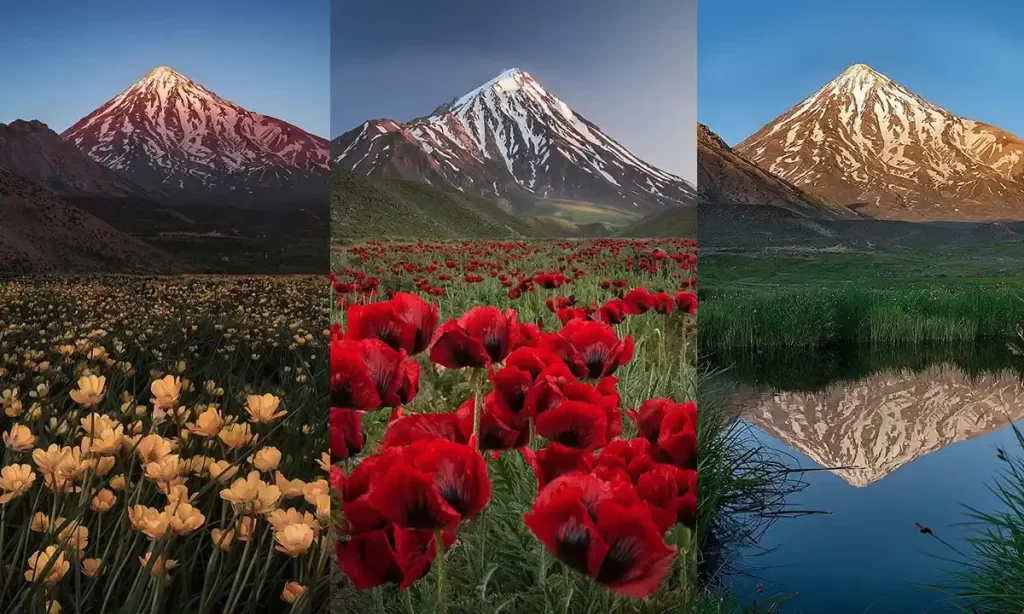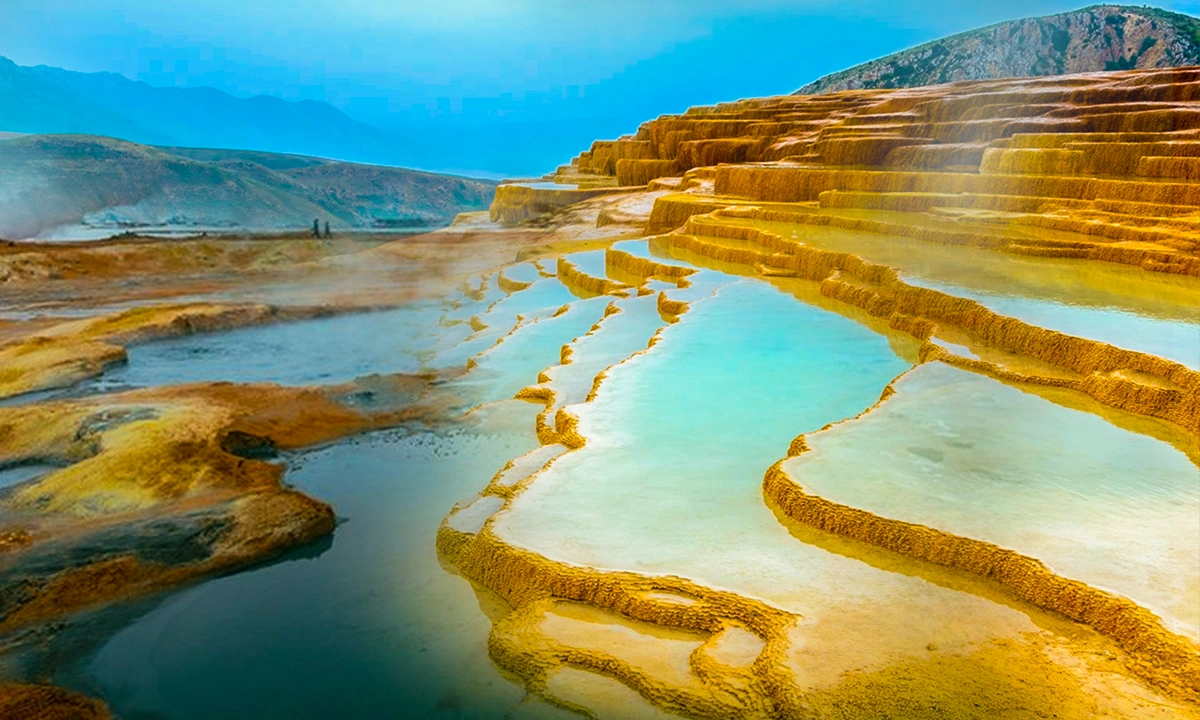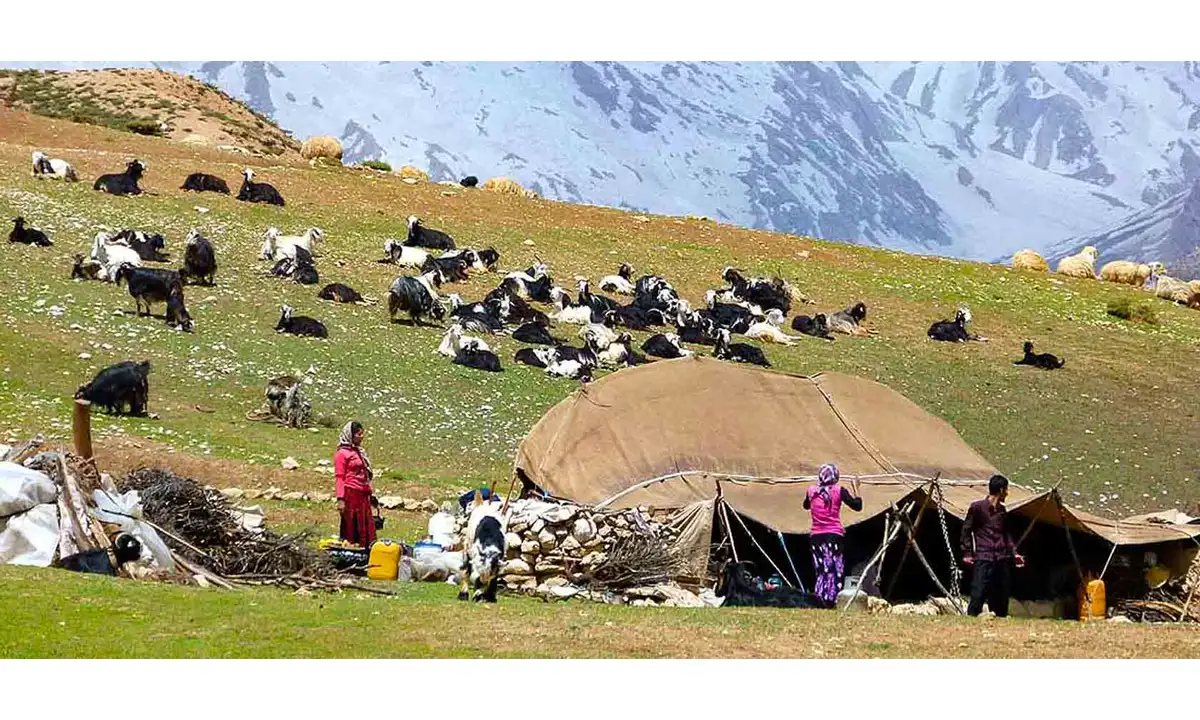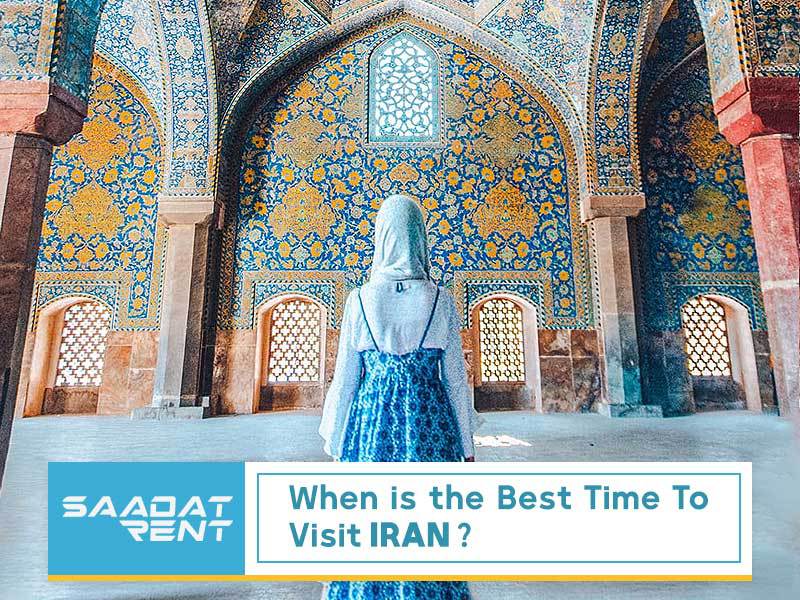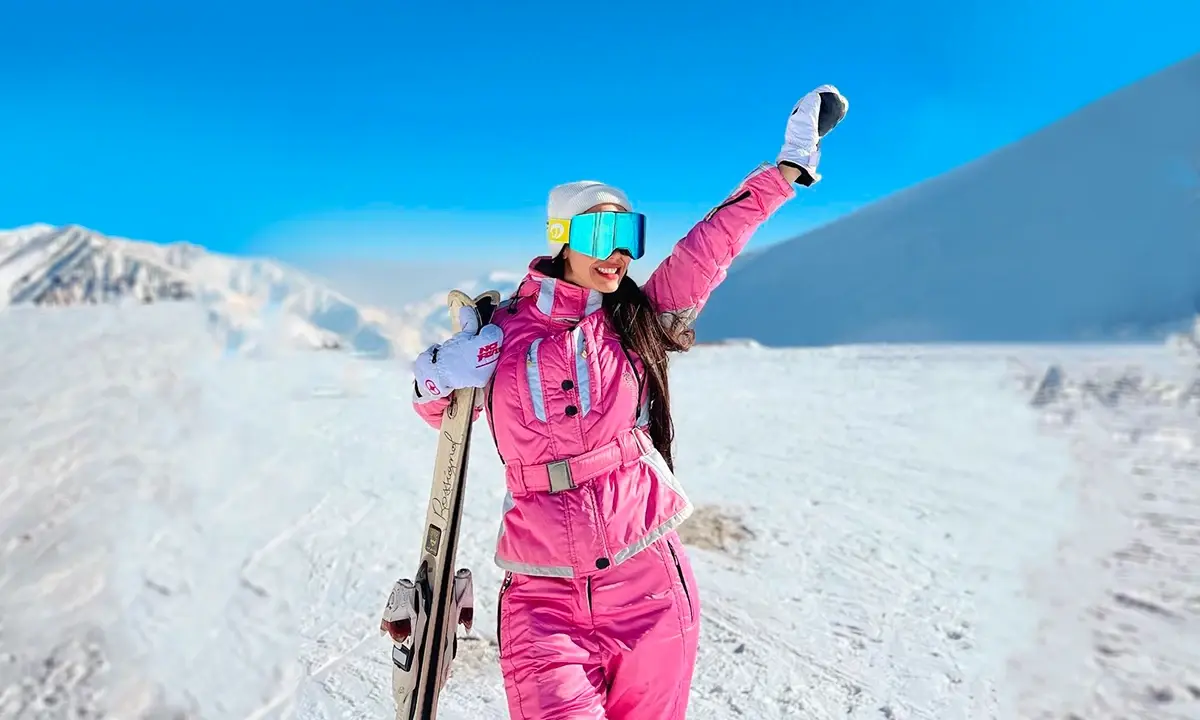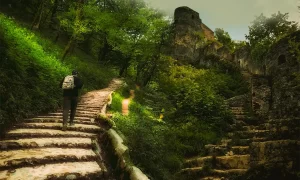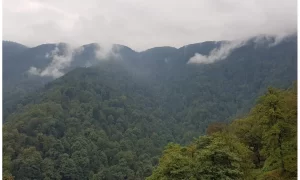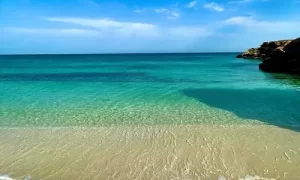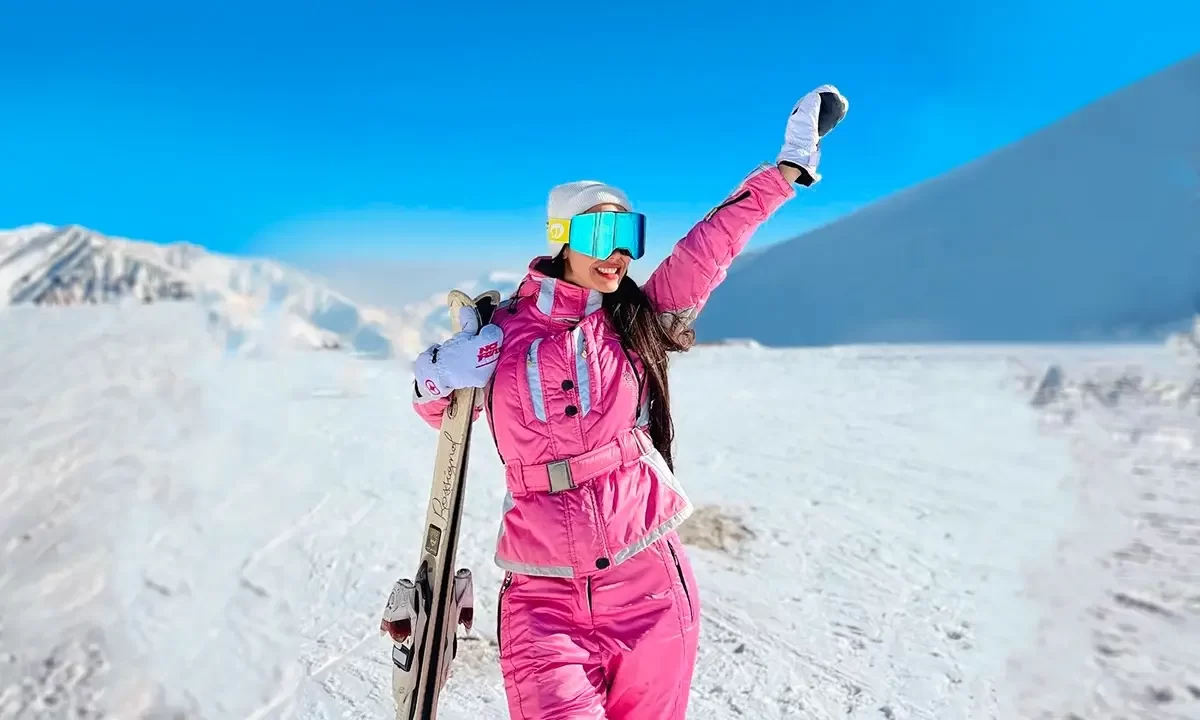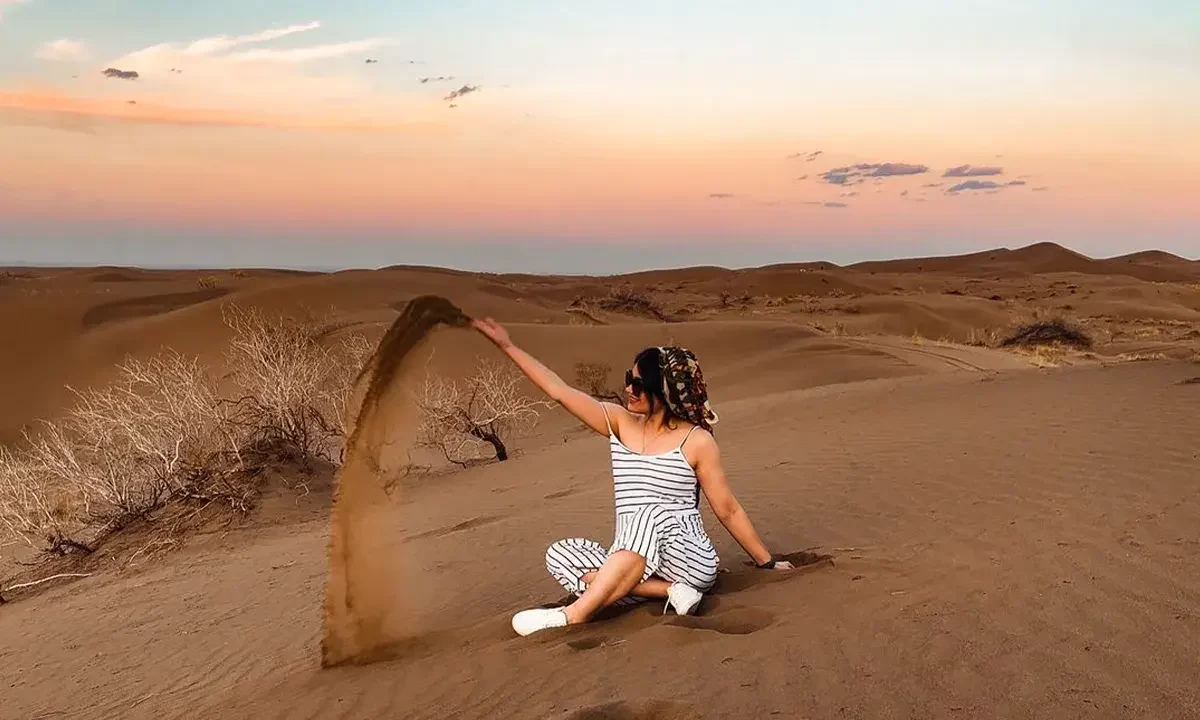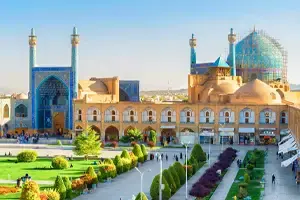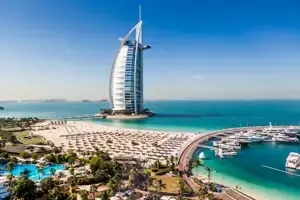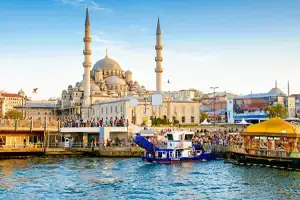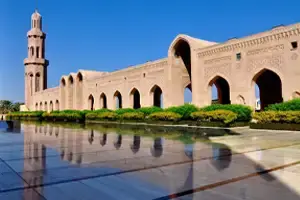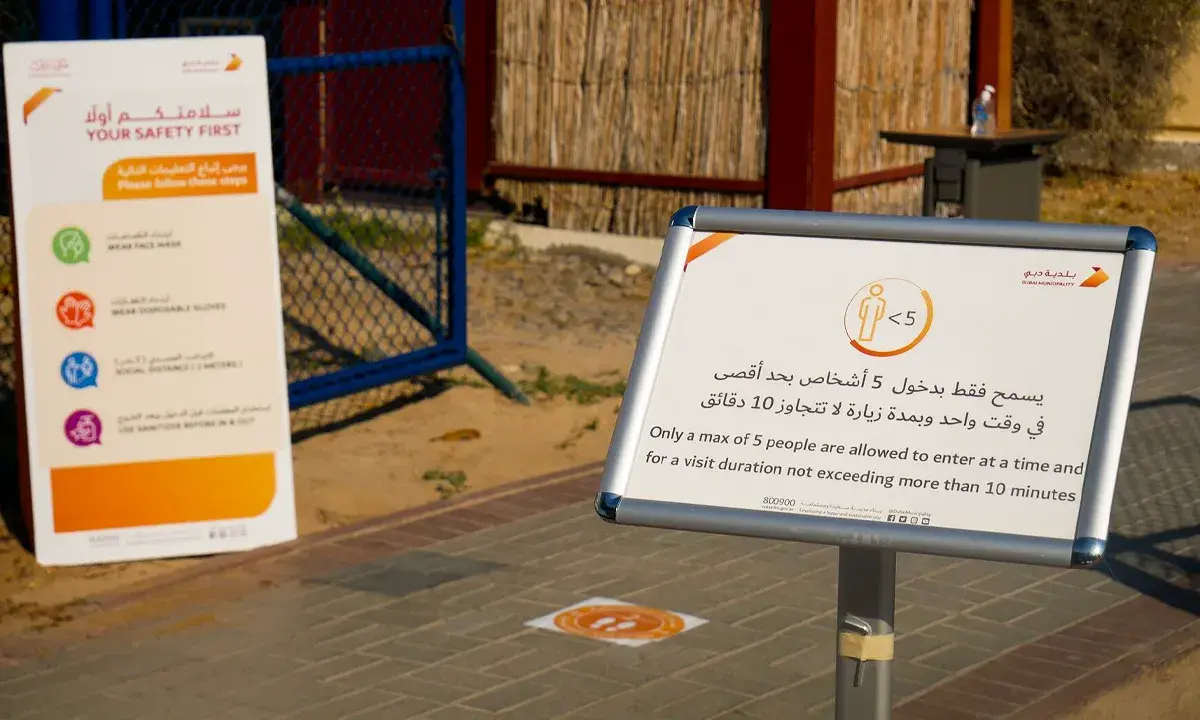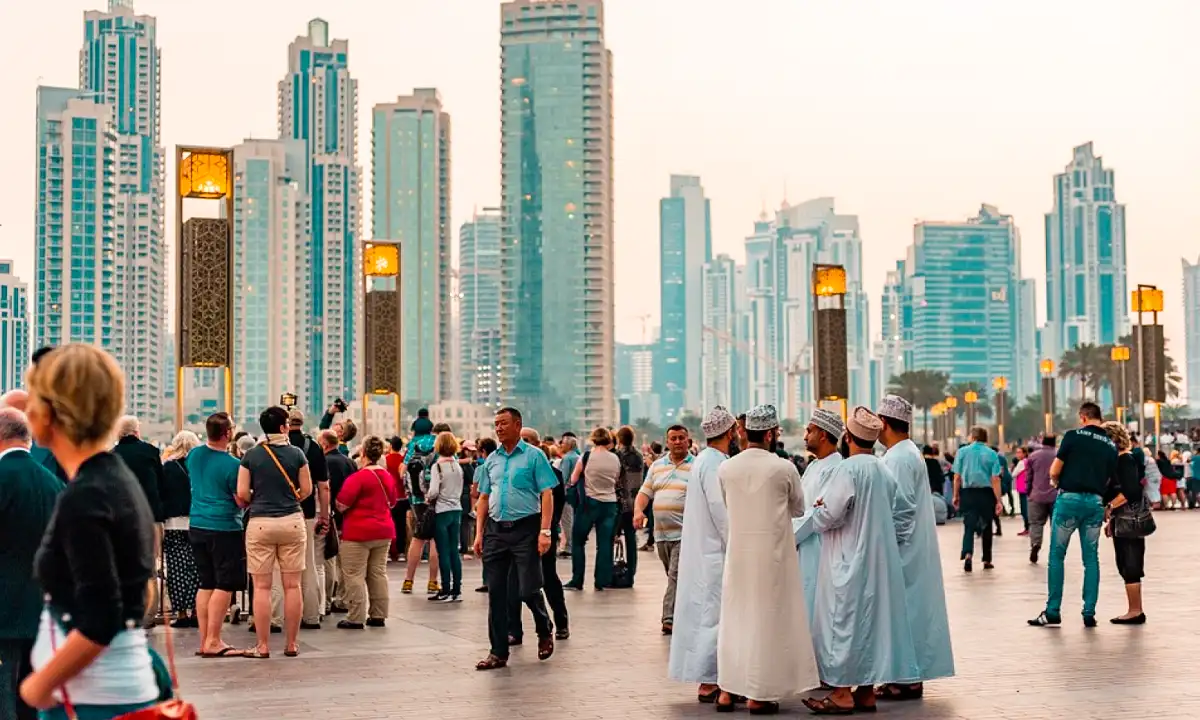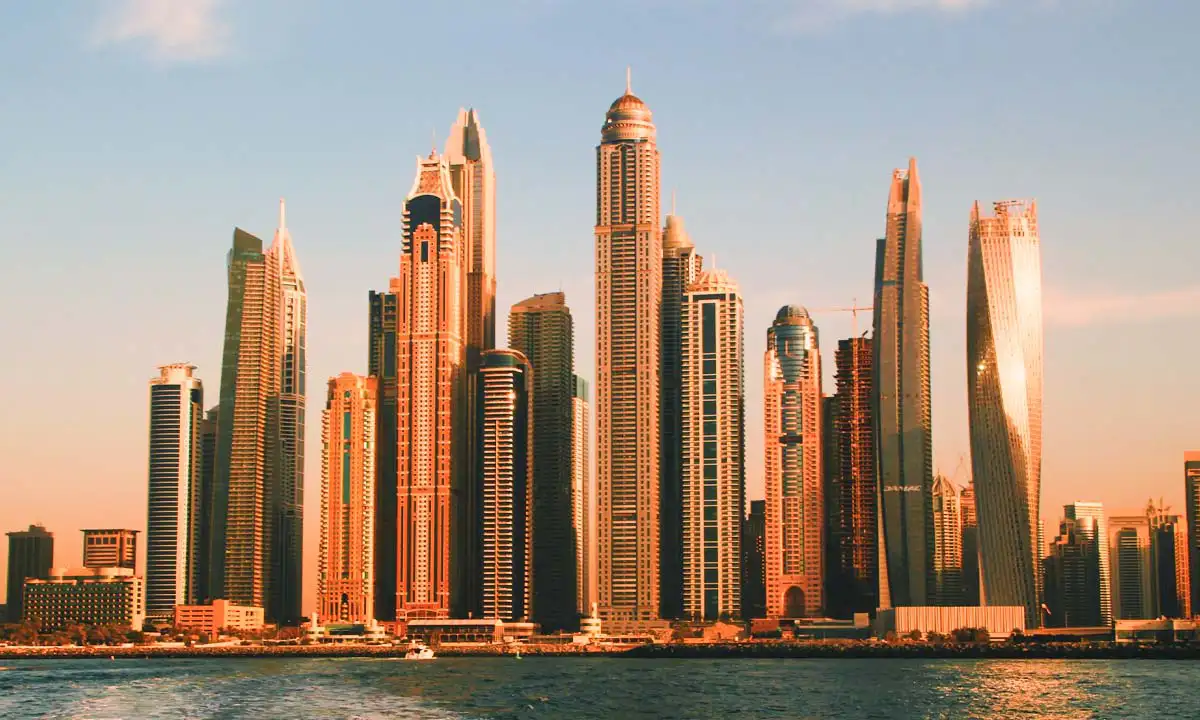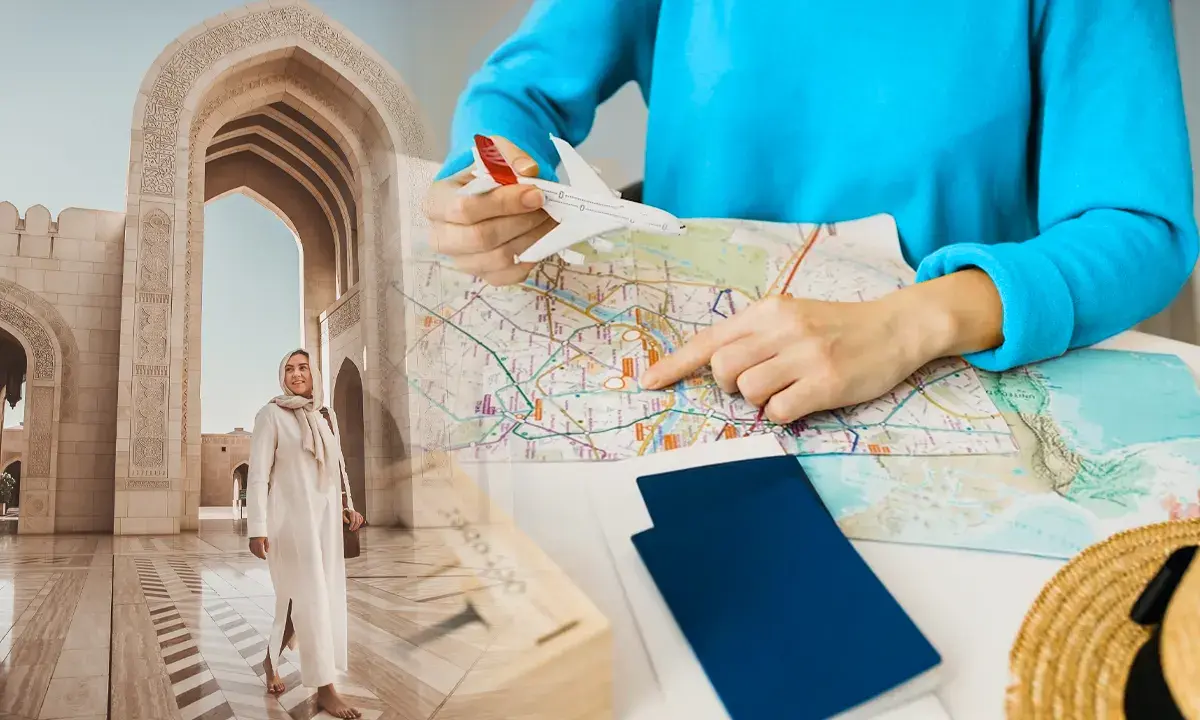Iran’s landscape is a tapestry of contrasts, where vast deserts coexist with lush forests, and flat plains ascend into towering mountains. This geological diversity makes Iran a unique destination for those seeking both beauty and adventure. Central to this diverse landscape are the mountains of Iran, which are not just natural wonders but also deeply embedded in the country’s culture and history. They serve as popular sites for a range of outdoor activities, including trekking, climbing, and skiing, offering something for adventurers of all levels. Home to some of the highest peaks in the Middle East, such as the majestic Mount Damavand, Iran’s mountains beckon travelers with their breathtaking vistas and the promise of unforgettable experiences. In this guide, we’ll explore the top mountains of Iran, offering practical advice for tourists and visitors. From navigating the best trails to understanding local customs, this guide aims to equip you with all you need to embark on a journey through Iran’s stunning mountain ranges, ensuring a safe, respectful, and enriching adventure into the heart of Iran’s natural beauty.
1. Mount Damavand
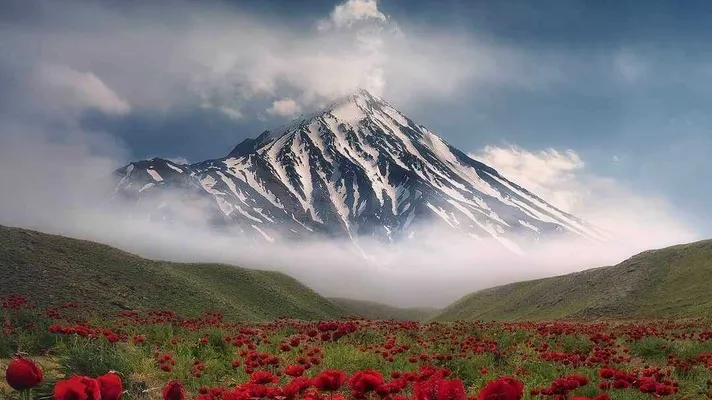
Mount Damavand, the highest peak in Iran and the Middle East, stands as a towering sentinel near Tehran, reaching a majestic height of 5,610 meters (18,406 feet). This stunning volcano, which is also the second highest in Asia, is not only a symbol of Persian folklore and mythology but also a beacon for adventurers and nature lovers from around the world. Its snow-capped summit and slopes, visible from the capital on clear days, offer a picturesque challenge to trekkers and climbers alike.
The mountain is renowned for its diverse activities, with trekking and climbing being the most popular. The ascent to Damavand’s peak is both challenging and rewarding, offering panoramic views of the surrounding landscape that stretch as far as the eye can see. For those seeking a less strenuous experience, the area around Damavand is dotted with hot springs, providing a relaxing retreat after a day of adventure. These natural spas are not only a treat for sore muscles but also offer a unique way to experience the mountain’s geothermal activity.
The best time to visit Mount Damavand is from June to September when the weather is most favorable for climbing. During these months, the snow and ice on the higher slopes have mostly melted, making the ascent safer and more accessible. To get to Mount Damavand, most visitors start their journey in Tehran. From there, you can drive or take a bus to the town of Polour, which serves as one of the main gateways to the mountain. Polour is home to a mountaineering federation where climbers can obtain permits, gather last-minute supplies, and receive updates on weather and climbing conditions. Another popular base camp is located in Reineh, which also offers access to guides, equipment rental, and transportation services to the mountain’s higher base camps, where the trek to the summit truly begins.
Mount Damavand is not just a mountain; it’s an experience that combines physical challenge, natural beauty, and cultural richness, making it a must-visit destination for anyone exploring Iran’s majestic landscapes.
2. Alam-Kuh
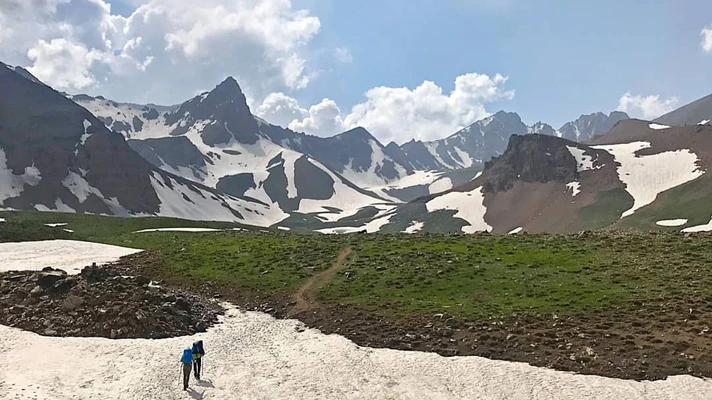
Alam-Kuh, standing as the second highest mountain in Iran, is often referred to as the “Alps of Iran.” Towering at 4,848 meters (15,906 feet), it is famed for its challenging climbs and rugged beauty. Located in the Alborz mountain range, its steep faces and rocky summits offer some of the most technical and demanding mountaineering routes in the country, making it a preferred destination for experienced climbers and adventurous trekkers alike.
The activities at Alam-Kuh primarily revolve around mountaineering and trekking. The mountain boasts a variety of routes, ranging from non-technical treks suitable for avid hikers to highly technical climbs that challenge even the most seasoned mountaineers. Its north face holds some of the most difficult rock climbing routes in Iran, offering thrilling ascents for skilled climbers. For those seeking a less daunting experience, the southern routes provide more accessible paths to the summit, allowing trekkers to enjoy the stunning vistas without the technical challenges of the north face.
Access to Alam-Kuh is typically through the city of Kelardasht, followed by a drive to the Vandarbon base camp, the most common starting point for ascents. This base camp serves as a hub for climbers and trekkers, offering basic accommodations and information about the various routes up the mountain. The most recommended route for those new to Alam-Kuh is the southern route, which starts from Vandarbon, proceeds to the Hesarchal campsite—an idyllic plateau surrounded by high peaks—and then ascends to the summit. This route allows climbers to acclimatize to the altitude while enjoying the breathtaking scenery of the Alborz range.
For the more adventurous, the German Flank route on the north face presents a challenging climb, requiring technical skills and proper equipment. Regardless of the chosen path, an ascent of Alam-Kuh promises an unforgettable adventure amid some of Iran’s most dramatic alpine landscapes. The best time to tackle Alam-Kuh is from June to September, similar to Mount Damavand when the weather conditions are most favorable for climbing.
3. Sabalan
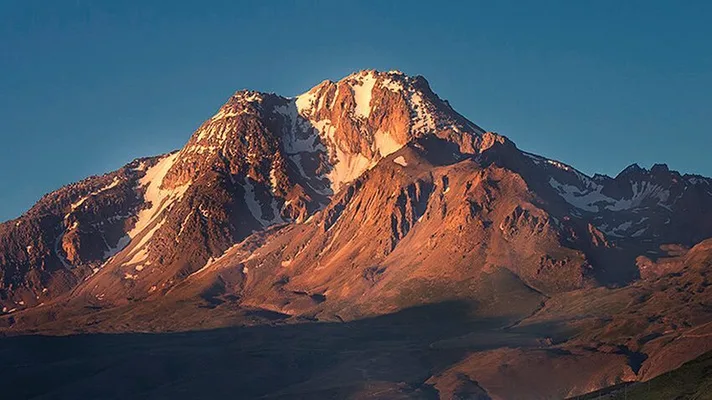
Sabalan, an extinct volcano reaching 4,811 meters (15,784 feet) in height, is the third-highest peak in Iran and a prominent landmark in the northwest region of the country. Its summit cradles a stunning crater lake, one of the highest of its kind in the world, which freezes over in the colder months and offers a surreal landscape. The mountain is not only a natural wonder but also holds a special place in the heart of local communities, regarded as a sacred symbol and associated with numerous legends and spiritual beliefs.
The cultural significance of Sabalan is profound, with many locals believing the mountain to possess mystical powers. It is often the site of traditional ceremonies and rituals, reflecting its importance in the spiritual life of the surrounding communities. The mountain’s foothills are dotted with historical sites, including ancient rock carvings and inscriptions, which attest to its long-standing significance in the region’s cultural heritage.
Sabalan offers a variety of activities for visitors, making it an appealing destination year-round. In the warmer months, hiking to the summit to see the crater lake is a popular activity. The trek provides breathtaking views of the surrounding landscapes, dotted with colorful wildflowers and native wildlife. The mountain’s base and slopes are also home to several hot springs, which are believed to have therapeutic properties. These natural spas offer a relaxing retreat for hikers and climbers returning from the mountain’s challenging trails.
During the winter, Sabalan transforms into a skiing destination, with its slopes catering to both novice and experienced skiers. The Alvares Ski Resort, situated on the mountain’s slopes, provides facilities for skiing and snowboarding, making the most of the region’s heavy snowfall.
Visiting Sabalan offers not just an opportunity for outdoor adventure but also a chance to immerse oneself in the local culture and spiritual traditions. Whether soaking in the hot springs, trekking to the crater lake, or skiing down its slopes, Sabalan presents a unique blend of natural beauty, cultural depth, and recreational activities that appeal to a wide range of interests.
4. Dena Mountain Range
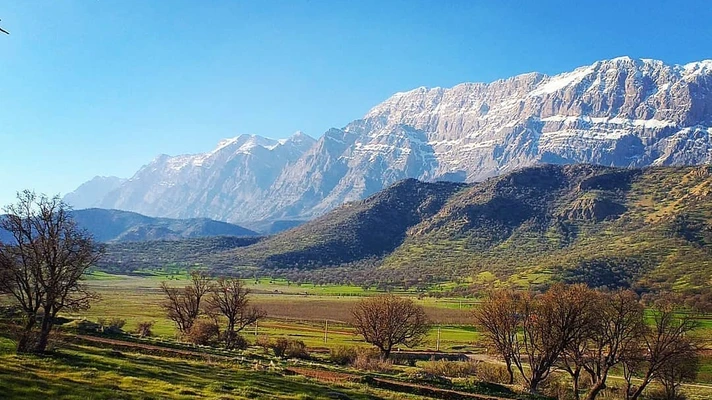
The Dena Mountain Range, a majestic series of peaks within the larger Zagros mountain range, spans several provinces in western Iran. Renowned for its remarkable biodiversity, Dena is a haven for nature lovers, hosting a wide array of plant species and wildlife, some of which are endemic to the area. The range boasts more than 40 peaks over 4,000 meters, with its highest summit reaching approximately 4,409 meters (14,465 feet), offering challenging and rewarding adventures for trekkers and mountaineers.
Dena is particularly celebrated for multi-day trekking expeditions that traverse its rugged terrain, providing hikers with stunning vistas of untouched natural beauty. These treks can vary in difficulty, catering to both seasoned hikers looking for a challenge and those who prefer more moderate trails. The paths wind through dense oak forests, alpine meadows, and past cascading waterfalls, with the ever-present backdrop of towering peaks. Along the way, trekkers have the opportunity to observe a diverse range of wildlife, including Persian leopards, wild goats, and numerous bird species, making Dena a prime spot for wildlife watching.
Access to the Dena Mountain Range is facilitated through several entry points, with Yasuj being one of the most convenient cities to start your journey. From Yasuj, visitors can reach various parts of the mountain range, including the popular Bijan and Sisakht passes, which serve as gateways to the heart of Dena. Local guides are available in these areas, offering their expertise to navigate the complex trails and maximize the trekking experience.
Conservation efforts in the Dena Mountain Range have been intensified in recent years, aiming to protect its unique ecosystems and the rare species that inhabit them. The establishment of the Dena Protected Area and National Park is a testament to these efforts, safeguarding a significant portion of the range from the impacts of unchecked tourism and development. Visitors are encouraged to respect the natural environment, adhering to principles of responsible tourism to ensure the preservation of this natural treasure for future generations.
Exploring the Dena Mountain Range offers an immersive experience into the heart of nature’s splendor, where the rich tapestry of biodiversity, thrilling outdoor activities, and the spirit of conservation come together. It’s a journey that not only challenges the body but also enriches the soul, leaving a lasting impression of Iran’s natural heritage.
5. Taftan
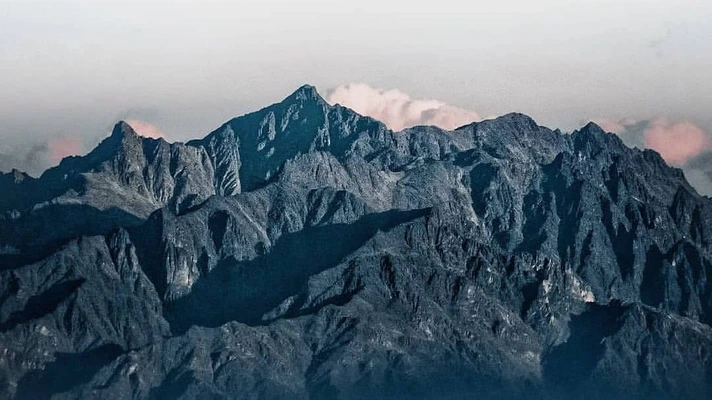
Taftan, an active volcano located in the southeastern part of Iran, offers a unique landscape quite different from the more commonly visited mountain ranges in the northern and western parts of the country. With its highest peak reaching approximately 4,050 meters (13,287 feet), Taftan comprises two main summits: Narkuh and Matherkuh, with the latter being the higher and more active of the two. The volcano is known for its lunar-like landscapes, sulfur springs, and occasional lava flows, making it a fascinating destination for those interested in geology and natural wonders.
The activities around Taftan focus primarily on trekking through its diverse terrains, which range from barren, volcanic rock formations to areas of lush vegetation supported by the mountain’s geothermal activity. The treks offer visitors the chance to explore the volcano’s craters, witness the sulfur springs up close, and observe the effects of volcanic activity on the surrounding landscape. For the adventurous, there are opportunities to explore ancient lava flows, providing a tangible connection to the earth’s fiery interior.
When planning a visit to Taftan, it’s important to consider several tips and safety considerations:
- Seasonal Planning: The best time to visit Taftan is from late spring to early autumn when the weather conditions are more favorable for trekking and exploring the mountain’s features.
- Local Guides: Hiring a local guide is strongly recommended, as they can provide valuable insights into the safest routes, the mountain’s geology, and the location of interesting features such as sulfur springs and lava flows.
- Safety Gear: Due to the volcanic nature of Taftan, visitors should prepare appropriate safety gear, including respiratory protection against sulfur fumes and sturdy footwear for navigating rough terrain.
- Stay Informed: Keep updated on the volcano’s activity level before and during your visit. Although Taftan’s eruptions are generally not explosive, it’s crucial to be aware of any signs of increased activity.
- Respect Nature: As with all natural sites, it’s important to minimize your impact on the environment by following leave-no-trace principles and respecting any restrictions put in place to protect the area.
Visiting Taftan offers a rare glimpse into the dynamic processes that shape our planet. The combination of trekking, exploring geological formations, and the thrill of being on an active volcano make it an unforgettable experience for those seeking adventure beyond the beaten path. However, the importance of preparation and safety cannot be overstressed, ensuring that your journey to this remarkable natural phenomenon is both enjoyable and secure.
6. Savadkuh
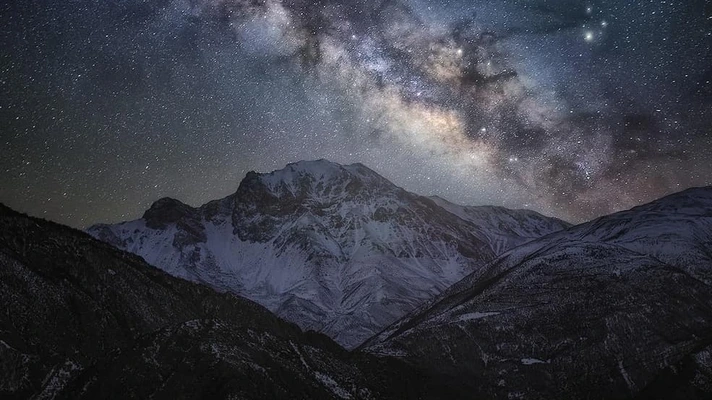
Savadkuh, although not as widely recognized as Iran’s highest peaks like Damavand or Alam-Kuh, is a notable mountain area situated in the lush landscapes of northern Iran. This region, characterized by its dense forests and rich biodiversity, offers a stark contrast to the arid, volcanic terrains of the more famous mountains in Iran. Savadkuh, part of the Alborz mountain range, presents a unique opportunity for visitors to explore the verdant side of Iran’s diverse natural beauty.
Savadkuh is distinguished by its rolling hills, verdant valleys, and dense forest cover, making it an ideal destination for those interested in the ecological aspects of mountain environments. The area is less known for towering peaks and more for its serene beauty and the tranquility of its natural landscapes. It’s a haven for nature lovers, bird watchers, and anyone seeking solace away from the bustling city life.
- Trekking and Hiking: The area’s relatively moderate terrain makes it suitable for both casual hikers and more serious trekkers looking to explore Iran’s diverse flora and fauna. The trails through Savadkuh wind through dense forests, offering glimpses of wildlife and access to secluded spots with breathtaking views.
- Nature Photography: With its picturesque landscapes, Savadkuh is a perfect spot for photographers aiming to capture the beauty of Iran’s northern forests. The changing seasons offer varied backdrops, from the vibrant greens of spring and summer to the rich hues of autumn.
- Cultural Exploration: The region surrounding Savadkuh is dotted with small villages and communities that maintain traditional lifestyles. Visitors have the opportunity to learn about local customs, cuisine, and the symbiotic relationship between the people and their natural environment.
Getting to Savadkuh typically involves traveling from Tehran or another major city to the Mazandaran province, where the mountain is located. The journey can be made by road, with scenic routes passing through other areas of natural and cultural interest.
7. Martian Mountains
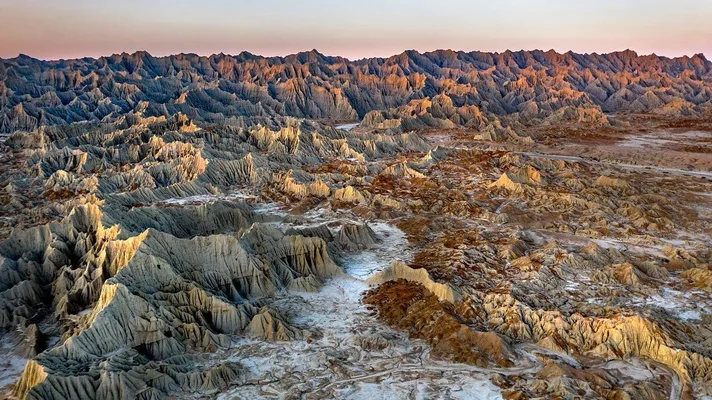
The Martian Mountains (Kuh-e-Mars in Persian) refer to a visually stunning area in the Chabahar region of southeastern Iran, near the Gulf of Oman. This name is not officially recognized on maps but has been colloquially adopted due to the area’s otherworldly and Mars-like landscape. The unique geographical formations, characterized by their reddish hue and rugged, barren appearance, closely resemble the surface of Mars, hence the intriguing nickname.
The Martian Mountains are part of the Makran range, which stretches across Iran and Pakistan. This area stands out for its distinctive geological formations, created through the erosion of sandstone and other sedimentary rocks, shaping a landscape that feels both alien and ancient. The dramatic color palette, ranging from deep reds to golden yellows, amplifies the extraterrestrial ambiance, making it a captivating destination for adventurers and geology enthusiasts.
- Photography and Sightseeing: The Martian Mountains offer unparalleled opportunities for photography, attracting professionals and amateurs alike. The unique terrain serves as a perfect backdrop for capturing the beauty of Earth’s own ‘Martian’ landscape.
- Trekking and Exploration: While the area does not offer conventional trekking routes like Iran’s higher mountains, it is an explorer’s paradise. Visitors can wander through the valleys and ravines, discovering the natural sculptures and formations shaped by eons of wind and water erosion.
- Cultural Engagement: The surrounding region of Chabahar is home to diverse cultures and communities, including the Baluch people. Visitors can explore local villages and markets, gaining insight into the traditions and ways of life that have developed in this arid yet beautiful landscape.
Access to the Martian Mountains is relatively straightforward, with Chabahar serving as the nearest major city and entry point. Visitors can fly into Chabahar from Tehran or other major cities in Iran and then drive to the Martian Mountains, located a short distance from the city. The region’s growing popularity as a tourist destination has improved its infrastructure and accessibility, making it easier for visitors to explore the area.
Why Visit Iran's Mountains?
Iran’s mountains are a treasure trove of natural beauty and unique landscapes that captivate the hearts of all who visit. From the snow-capped peaks of Mount Damavand to the rugged terrains of Alam-Kuh, these mountains offer a scenic backdrop that is both awe-inspiring and serene. Beyond the visual splendor, these heights are playgrounds for adventure enthusiasts, providing ample opportunities for trekking, climbing, and even skiing on the Alborz and Zagros ranges. Yet, the allure of Iran’s mountains extends beyond their natural and recreational offerings. They are steeped in cultural significance, dotted with historical sites that whisper tales of ancient civilizations, and home to vibrant local communities that maintain centuries-old traditions. Exploring Iran’s mountains thus becomes a journey through time, offering a glimpse into the country’s rich heritage and the warm hospitality of its people. Whether you’re an adrenaline junkie or a cultural explorer, Iran’s mountains promise an unforgettable experience that combines the thrill of adventure with the richness of cultural discovery.
